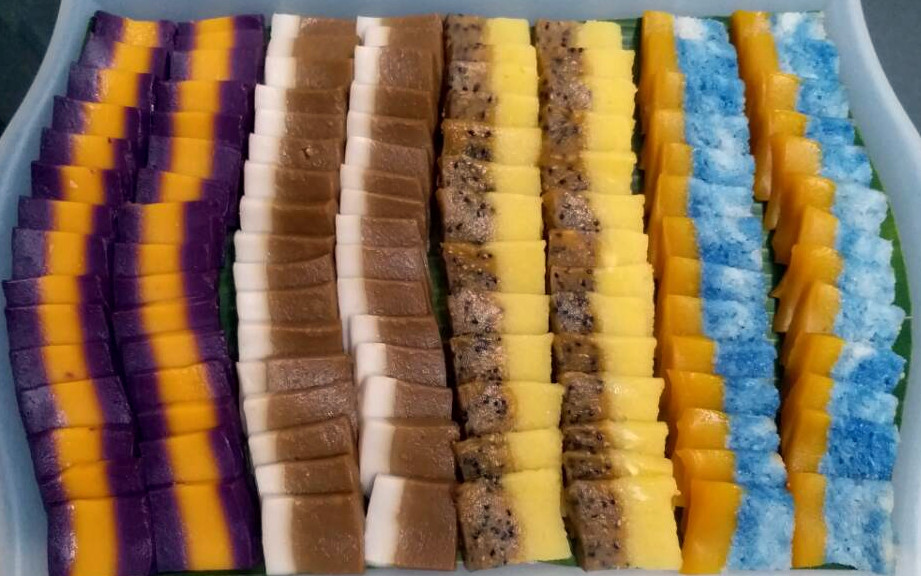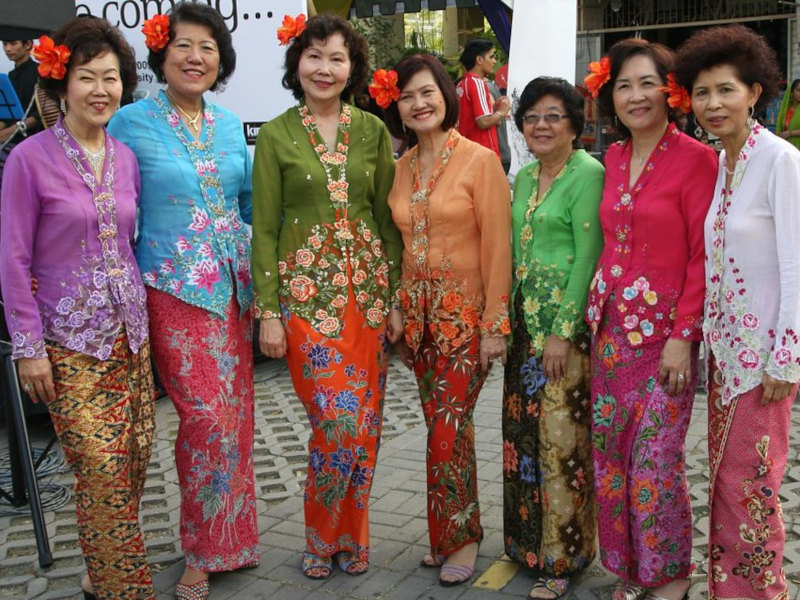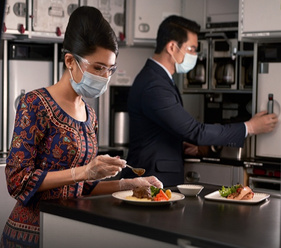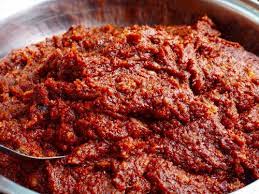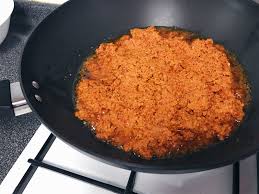Zheng He Journey to the West 鄭和下西洋
In Ming Dynasty, China Emperor Yongle ordered naval envoys out to explore the world. Treasure ships sailed across the Indian Ocean and beyond. The main purpose was to forge alliances and to flaunt the glory of Imperial Ming China. In my opinion, securing exotic novelty treasures for Emperor was important too.
And as a tribute and for goodwill, the Chinese emperor sent his sisters, princesses to marry the local kings and rulers. Also accompanying these princesses are entourages. For instance servants, and imperial cooks for the princesses.
Fleet Admiral Zheng-He commanded seven such treasure voyages, four of those to Malacca. As a Muslim at birth, Zheng was fascinated by the Muslim culture of Malacca. Also, the large Chinese population there probably made him feel at home.
Influence of Zheng He and Princess Hangli Po
Zheng involved in the Malacca community actively. In fact, you can see many historical monuments in Malacca bearing his name. Such as Sanbao Cave, Sanbao Temple, Sanbao Well, to name a few. Sanbao (三寶) was Zheng’s alias from his early days. He also helped spread Islam to the Malacca Chinese communities, as he had done on his trips to Indonesia.
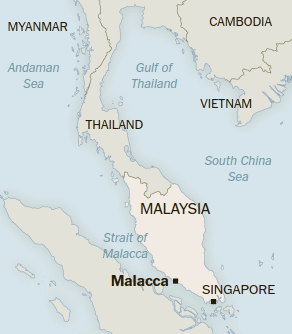
Malacca State and City 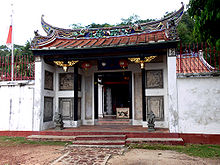
Sanbao Temple in Malacca 
Treasure Ships 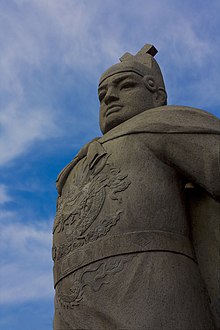
Zheng’s Statue in Malacca
Meanwhile, Chinese Princess Wang Libao married Malacca Sultan Mansur Shah. In order to better acclimate to the Muslim community, she learned the Malay language and customs and also adopted a more local name Hangli Po. Her entourage settled in Malacca and many inter-marry with local Malays. This helped in the fusion of Chinese and Malay culture.
The descendants from many of these inter-ethnic marriages are called Straits Chinese (after Strait of Malacca) or Peranakan Chinese. Peranakans speak the Malay language, and Peranakans men are known as Baba (峇峇), and women Nyonya (娘惹).
Sarong Kebaya
This Nyonya fashion icon originated from a long straight, Arab-inspired top of plain-woven cotton.
The Nyonyas gradually transformed it into an embroidered, colourful, shapely and translucent blouse, the kebaya. Kebaya is fastened with chained brooches and worn with a matching batik-motif sarong. Hence the name Sarong Kebaya.
Elegant, romantic, alluring, yet sedate, the designs of sarong kebaya cross several generations and cultures.
Nyonya Cuisine
Nyonya cuisine is the creation of Chinese Malay cooking using local ingredients. We have lemongrass, coconut milk and pandan leaves, which are used a lot in such creations. Other frequently used ingredient includes red chilli, tamarind, turmeric, galangal, coriander seeds, nutmegs, candlenuts and white pepper, to list a few.
Spice Paste (Rempah)
Most Nyonya dishes begin with spice paste or rempah in Malay. It starts with carefully selected herbs and spices and then grounded using millstones or mortar and pestle. These grounded spices are then stir-fried in a wok for an extended period of time. As a result, it brings out the taste, aroma and colour of the rempah.
Making spice paste is a much time-consuming process. Especially knowing what ingredients to use, and finding them may be difficult if you don’t live in South East Asia. Fortunately, we can now find ready-made spice paste for sale. There is Nyonya curry paste, specialty noodles paste and even Hainanese chicken rice paste readily available.
Are there Nyonya pork dishes?
Most Peranakans are not Muslim. In fact, many have retained the Buddhist traditions of ancestor worship, though some have converted to Christianity. Besides much delectable chicken, beef, seafood dishes, there are also Nyonya pork dishes. For example the Babi Pongteh or braised pork. You can get pongteh paste from this store.
Nyonya Kueh 娘惹糕點


